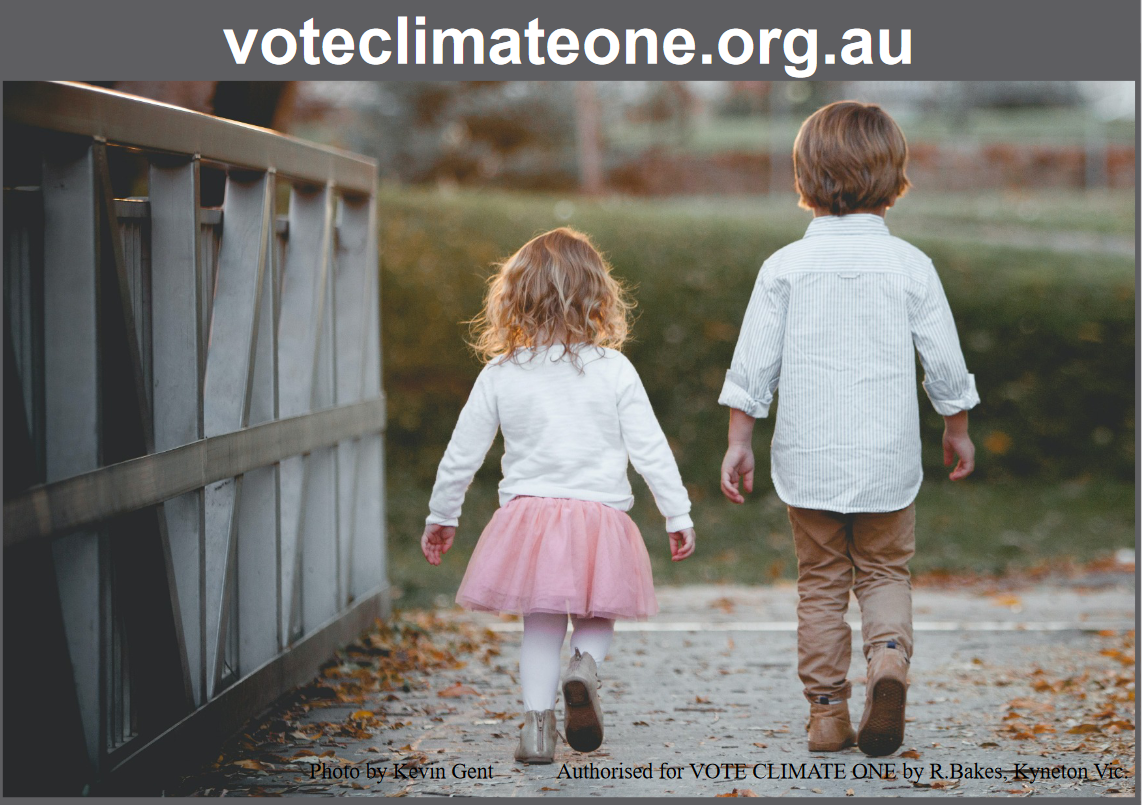Too late already? The frozen Arctic is burning now!
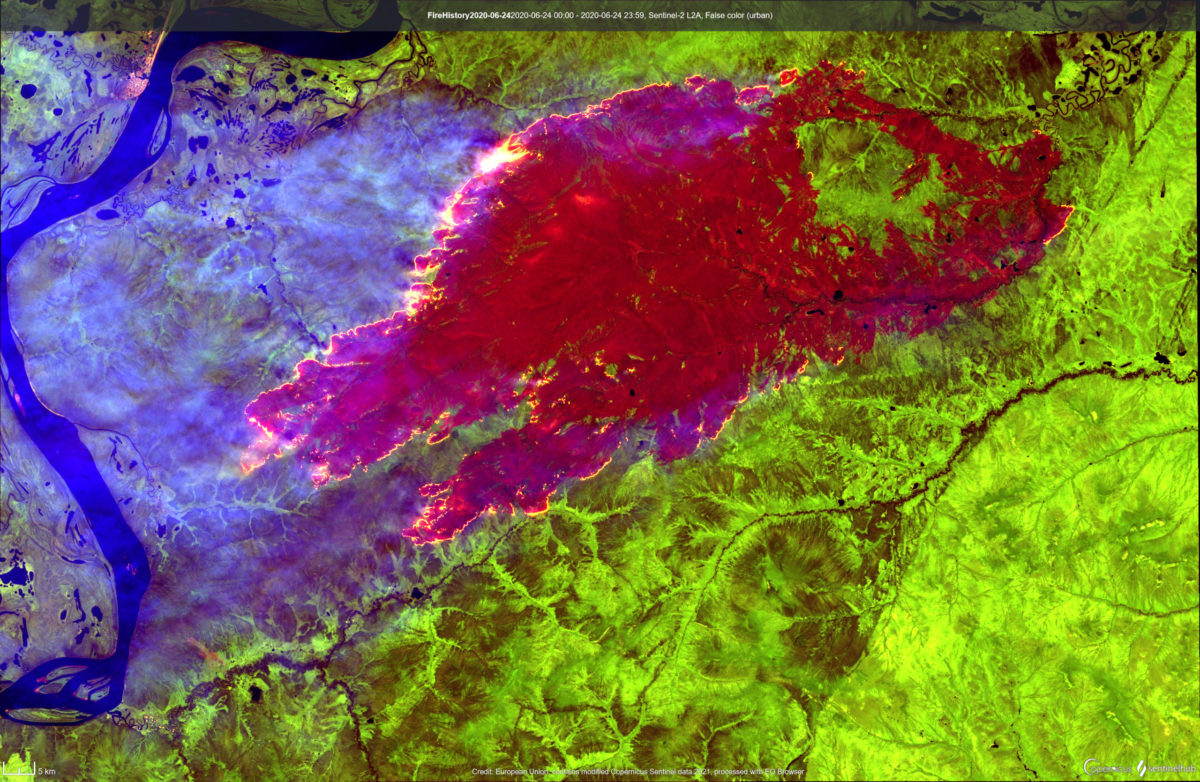
The sensational title describes reality. World’s largest carbon store, peat covering permafrost, is now burning year-round through midwinter
The featured graphic above shows a false-color picture of an active fire burning on a forested area of permafrost in the drainage of the Lena River not far from Yakutsk, capital of the Sakha Republic in Siberia. The video below, from the Siberian Times, documents that the Arctic is burning, even through the entire winter under snow cover in the peat layer covering permafrost. This is only one of many reports (e.g., see Burning the High Arctic: 2020 Spring and Summer Fire Season in Sakha Republic. A Precursor of Fire Seasons to Come?) in this source of the escalating frequency, area, and ferocity of the wildfires burning forests, tundra, and peaty organic soils covering permafrost in the Arctic (Alaska, Canada, and Eurasia (mostly Russia/Siberia). This is also a phenomenon I personally studied extensively last year using freely available access to NASA and European Space Agency satellite monitoring: “Portents for the Future – 2020 Wildfires on the Siberian Permafrost“.
At least where the burning Arctic in Siberia is concerned, peaty soils covering permafrost are susceptible to prolonged burning from the the margins of the Arctic Ocean to the southern boundaries of the permanently frozen soils as just reported in the journal article here that matches ground truth reporting with the satellite monitoring results.
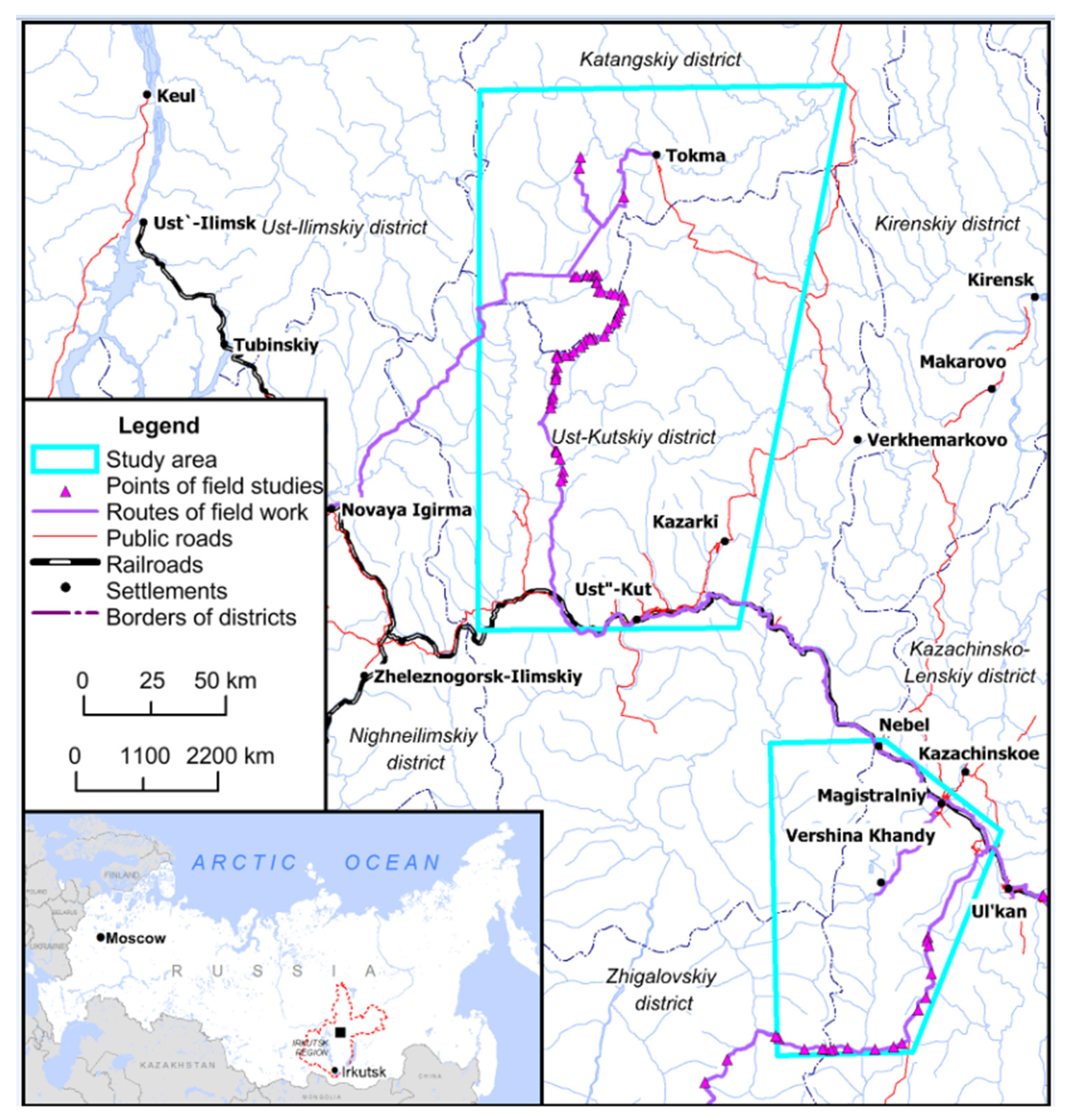
by Kuklina et al, 23/02/2022 in Land
Fires on Ice: Emerging Permafrost Peatlands Fire Regimes in Russia’s Subarctic Taiga
Abstract
Wildfires in permafrost areas, including smoldering fires (e.g., “zombie fires”), have increasingly become a concern in the Arctic and subarctic. Their detection is difficult and requires ground truthing. Local and Indigenous knowledge are becoming useful sources of information that could guide future research and wildfire management. This paper focuses on permafrost peatland fires in the Siberian subarctic taiga linked to local communities and their infrastructure. It presents the results of field studies in Evenki and old-settler communities of Tokma and Khanda in the Irkutsk region of Russia in conjunction with concurrent remote sensing data analysis. The study areas located in the discontinuous permafrost zone allow examination of the dynamics of wildfires in permafrost peatlands and adjacent forested areas. Interviews revealed an unusual prevalence and witness-observed characteristics of smoldering peatland fires over permafrost, such as longer than expected fire risk periods, impacts on community infrastructure, changes in migration of wild animals, and an increasing number of smoldering wildfires including overwintering “zombie fires” in the last five years. The analysis of concurrent satellite remote sensing data confirmed observations from communities, but demonstrated a limited capacity of satellite imagery to accurately capture changing wildfire activity in permafrost peatlands, which may have significant implications for global climate.
Keywords: smoldering fires; zombie fires; boreal forest; permafrost; Evenki; subarctic
Read the complete article….
What do I mean by “Too late already”? for a burning Arctic
It is still early days for an exact quantification of the amount of organic carbon sequestered in the Arctic and subarctic region (e.g., as organic matter in the form of living things, peaty soils, and frozen CO₂ and methane hydrates on, in and under the permafrost). However, our best estimate is that the permafrost region currently holds probably at least two times the total mass of carbon in Earth’s atmosphere. This is not the fossil carbon being released by human industries. According to the US NOAA Arctic Report Card article for 2019 on Permafrost and the Global Carbon Cycle by T. Schuur:
- Northern permafrost region soils contain 1,460-1,600 billion metric tons of organic carbon, about twice as much as currently contained in the atmosphere.
- This pool of organic carbon is climate-sensitive. Warming conditions promote microbial conversion of permafrost carbon into the greenhouse gases carbon dioxide and methane that are released to the atmosphere in an accelerating feedback to climate warming.
- New regional and winter season measurements of ecosystem carbon dioxide flux independently indicate that permafrost region ecosystems are releasing net carbon (potentially 0.3 to 0.6 Pg C per year) to the atmosphere. These observations signify that the feedback to accelerating climate change may already be underway. [my emphasis].
Note that (1) positive feedbacks can grow exponentially (i.e., into ‘explosions’), and (2) a significant proportion of the permafrost carbon is sequestered in the form of frozen methane hydrates. Methane in the hydrate form is inert, but under heating it ‘melts’ and decomposes into water and methane gas – where for the first 20 years of its life in the atmosphere is around 85 TIMES more potent per molecule than CO₂. Even after 100 years is more than 20x potent (IPCC AR5 via Wikipedia). Thus, if global warming triggers an abrupt thawing of Arctic permafrost the rapidly increasing greenhouse could drive global temperatures substantially higher than if CO₂ was the only concern.
To me, the bulk of the evidence in my 2021 Portents for the Future graphical essay as placed in context in my subsequent January 2022 essay “Some fundamental issues relating to the science underlying climate policy: The IPCC and COP26 couldn’t help but get it wrong” suggest that our planet has already passed tipping points where the “natural” positive feedbacks will continue warming the Earth even if we instantly stopped human generated carbon emissions. Note stopping our emissions should at least slow the rate of warming to give us some more time to actually stop the warming – so this remains a vital task! In other words not only do we have to stop carbon emissions from human activities, but we have to implement global scale projects to stop and reduce global heating, e.g., by capturing and sequestering atmospheric carbon by fertilizing and farming ocean deserts. In any event, if we don’t stop the warming feedbacks while we still have the possibility, we will soon pass the point of no return where near term global mass extinction becomes virtually certain.
I am not a near-term climate ‘doomer‘, although I see doom as inevitable if we don’t stop warming. Based on more than a decade studies of the co-evolution of the human species and our technological capabilities, I think if it took us 150 years to burn enough fossil carbon to trigger runaway global warming, we should be smart and capable enough to put that carbon back into safe storage before it kills us. The conclusion of that study in 2016 led me to where I am now rather than trying to finish the book for an audience that probably would not be there to ever read it.
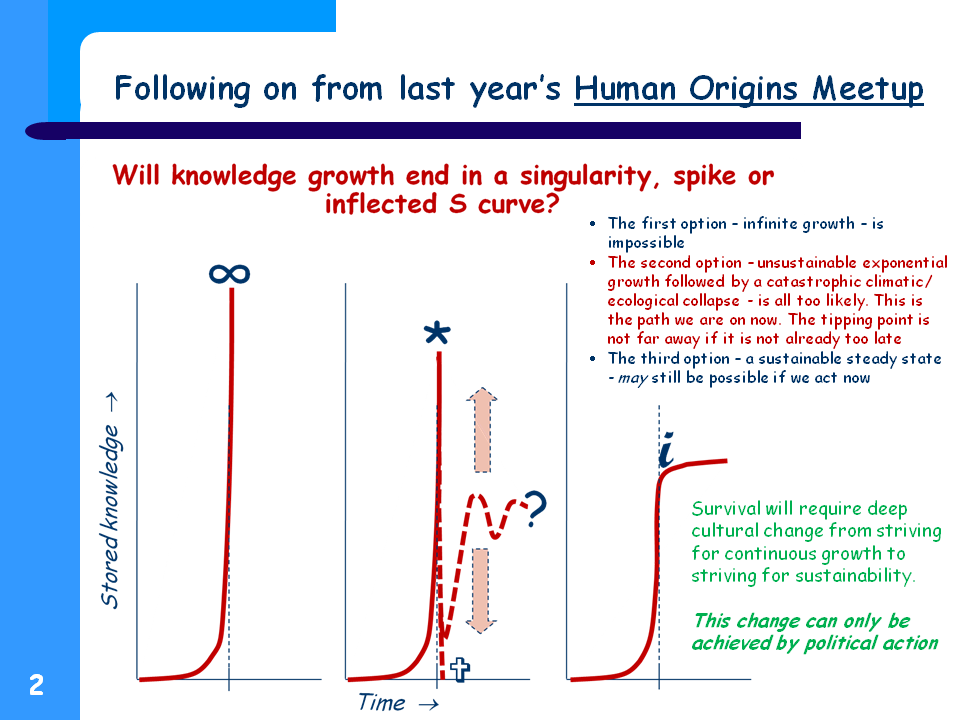
The deep cultural change needed to reach a sustainable future can only be achieved by political action to replace our puppet governments protecting their greedy puppet masters
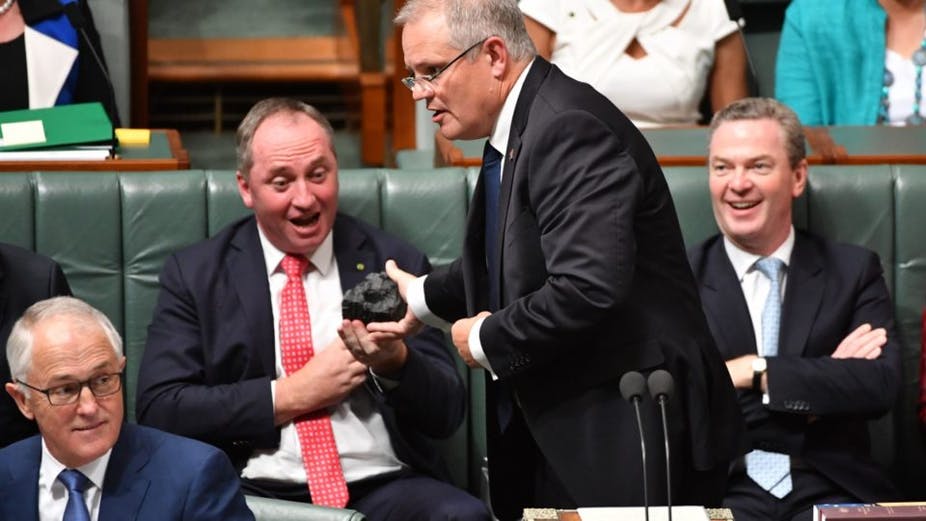
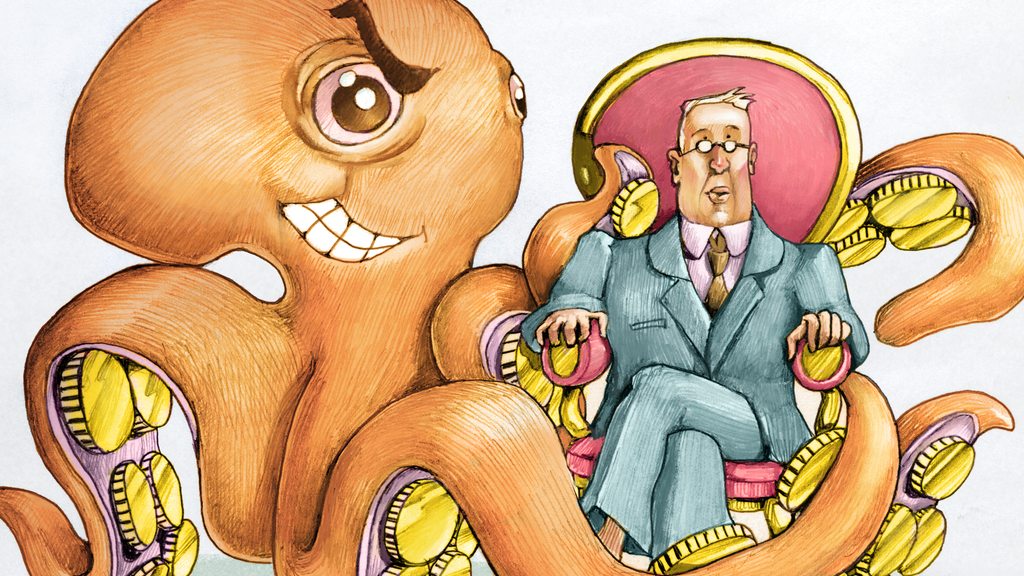
See also Katherine Murphy in The Guardian on 09/02/2017 for the live video — “Scott Morrison brings coal to question time: what fresh idiocy is this? What a bunch of clowns, hamming it up – while out in the real world an ominous and oppressive heat just won’t let up.”
In Australia the puppets, fools and knaves forming our LNP COALition government continue working assiduously to protect the fossil fuel and related industries’ abilities to burn fossil carbon and emit methane for unimaginable profits by doing everything they can to deny, delay, block, confuse, distract any effective action to stop these greenhouse gas emissions. Therefore, to begin effective solutions for the climate emergency we must clearly recognize and act on the need to replace this government with capable and trustworthy representatives who if elected will put action on the climate emergency at the top of their Parliamentary agendas.
To do this we have to accept the facts that are enough to make any sane person panic. However, in the incredibly wise words of a 16 year old autistic child, Greta Thunberg, we need to recognize that the panic can be answered with prompt action.
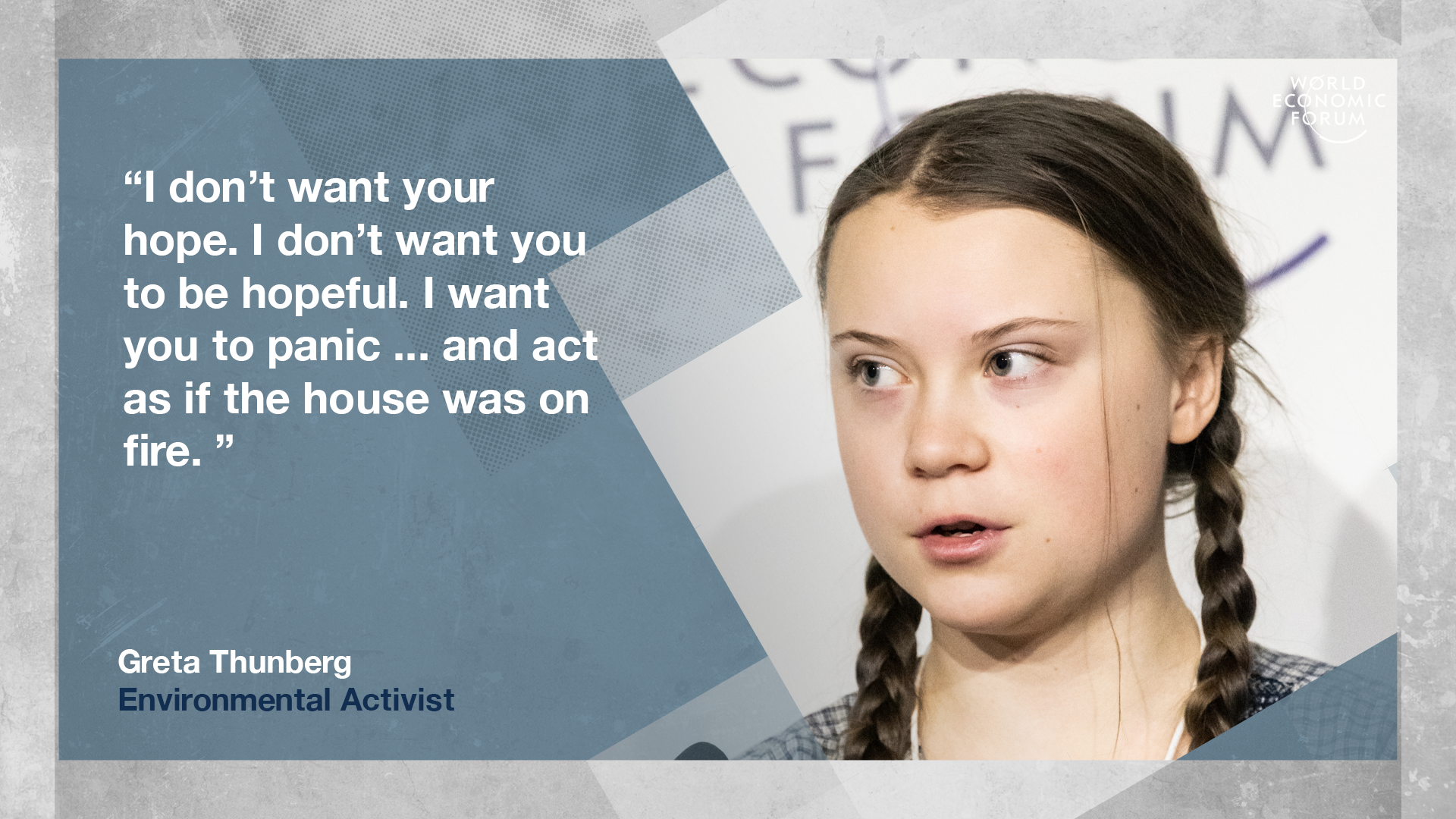
In other words, wake up, smell the smoke, see the reality, and fight the fire that is burning up our only planet so we can give our offspring a hopeful future. This is the only issue that matters. All Capt. Humbug and his troop of wooden-headed puppets are doing is rearranging the furniture in the burning house to be incinerated along with anything and everyone we may care about. In Greta’s words, “even a small child can understand [this]”. People hope for their children’s futures. She doesn’t want your hope. She wants you to panic enough to wake up and fight the fire…. so our offspring can have some hope for their future. Vote Climate One’s Traffic Light Voting System will help you use your preferential votes wisely on behalf of our offsprings’ futures.
